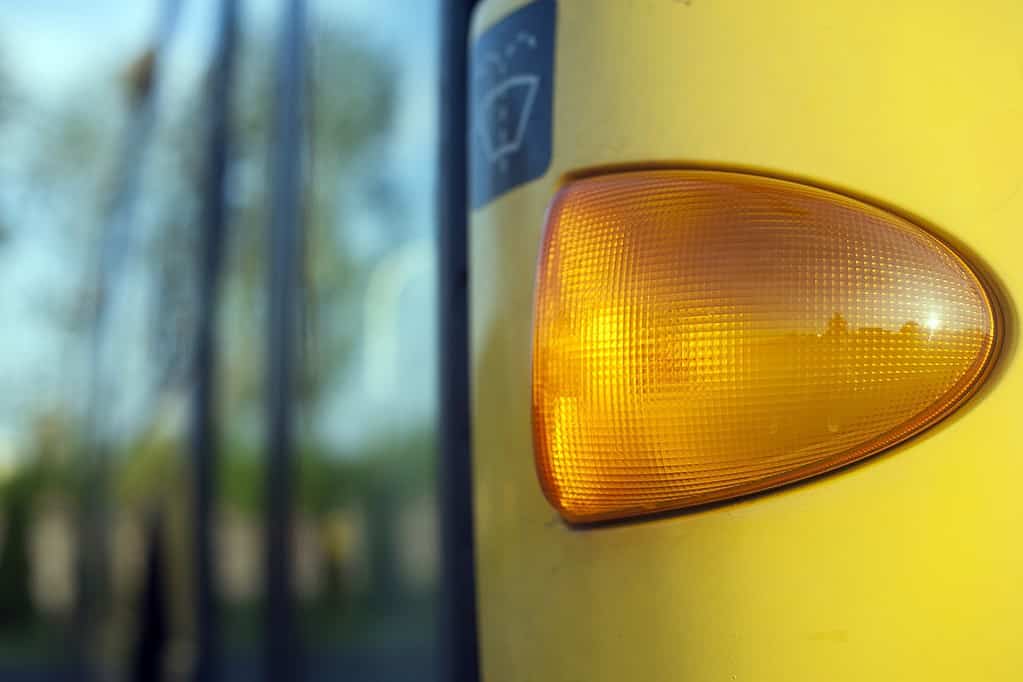Some people claim they can read others’ minds. But in reality, this is impossible. That’s why our vehicles have turn signals, also known as blinkers.
Blinkers help us tell other drivers when we intend to turn or change lanes and, conversely, when they wish to do the same.
That’s how it works in theory. However, sometimes you may signal that you are turning but change your mind. That may confuse the driver trailing behind you and result in a car accident.
The question is, “Who is at fault if I get hit with my blinker on and didn’t turn?”
Read on to find out.
Using Your Turn Signal
Drivers in Florida are notorious when it comes to using their blinkers. But this is not limited to Florida alone.
A national poll showed that 57% of drivers do not signal. Their excuses ranged from lack of time to sheer laziness, but the most surprising reason was that driving without signals adds to the thrill of driving.
It is unfortunate that many mistake risk for excitement. According to the Society of Automotive Engineers, failure to use the turn signal caused twice as many accidents as distracted driving. Florida law requires drivers to signal to other motorists properly.
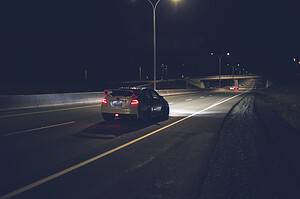
That means you can complain about those who fail to use their turn signals. But what happens to those who misuse them?
We have all driven beside someone, unaware that their blinker is on as they are cruising down the road. Maybe you have been this person a few times.
You probably were in an unfamiliar place and signaled that you would make a turn, only to realize that you wanted to turn at the next junction. While these circumstances don’t seem so risky, they can result in an accident.
Who Is At Fault If I Get Hit with My Blinker On and Didn’t Turn?
So, who is at fault if I get hit with my blinker on and didn’t turn? Usually, the driver who signals fails to turn and ultimately causes an accident is wholly or partially at fault for the collision.
That means you may take full blame for the accident if you signal and don’t turn. However, there are situations where the other driver could be partially at fault for the crash in which you failed to turn after signaling.
The fact that you used your turn signal does not give the other driver the right of way. The other driver could take the blame for pulling out into the lane of your car without seeing whether you were turning.
It is a driver’s responsibility to ensure it is safe before entering an intersection. But determining fault can be tricky in this case, so speaking to a skilled car accident attorney is crucial.
Proving A Driver’s Negligence for Failing to Use a Turn Signal
If you were partly at fault for the accident, you must demonstrate the other driver’s negligence to succeed with your personal injury claim. Negligence has four elements, all of which you must prove for your claim to be successful.
The elements of negligence are as follows:
- The other party owed you a duty of care
- They breached this duty through negligence
- The breach contributed to the crash
- The crash caused your damages
Here is how these four elements might apply when a driver turned their blinker on and did not make a turn.
- First and foremost, every motorist has a duty to keep other road users safe; thus, they must drive carefully and obey every traffic rule.
- Second, a driver has violated this duty if they don’t follow traffic laws in this example by improperly using their turn signal.
- If improper signaling results in a crash, causation, the third element, has occurred.
- Lastly, if the crash causes any damage to your vehicle or physical injuries, then the damages result from the breach of duty.
You must demonstrate that although you had your blinker on and did not turn, the other driver did not have the right-of-way and was thus negligent.
Evidence You Can Use to Prove Fault
The other driver may be reluctant to admit that they were in the wrong, but you can prove it if either vehicle had a dashboard camera or any eyewitnesses.
Always ask eyewitnesses to offer written statements on what they saw. You should also explain the incident to the responding officer so that it can be fully described in the police report.
Both the police officer and your lawyer will investigate the accident. A traffic or nearby surveillance camera may have captured the accident on video, which can serve as additional evidence in the personal injury claim.
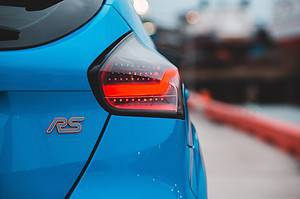
Always have as much supporting information and documents on hand for your claim. In this case, it can be tricky to demonstrate that the other driver did not turn after giving a turn signal.
Failing to turn after signaling can have severe repercussions. You must always ensure the other vehicle has turned, or you may pull into the lane of a car moving straight ahead.
That may result in a T-bone collision and severe injuries. You should speak with a lawyer if you were involved in an accident with a car whose driver gave a turn signal but didn’t make it.
Kinds of Negligence in Car Accidents
In some states, both drivers may be at fault for an accident. Depending on the state laws, you may be able to recover damages if you are less than 50% at fault.
In other states, you can file a claim against the other party even if you were 99% at fault. So, speaking to a skilled car accident lawyer is crucial to determine liability for your situation.
Comparative negligence
Some states employ strict comparative negligence, which compares your percentage of fault to that of the other party. This enables you to receive compensation even if you were partially to blame for the accident.
If comparative negligence is the legal standard in your state, you are eligible to receive damages corresponding to how much you contributed to the collision.
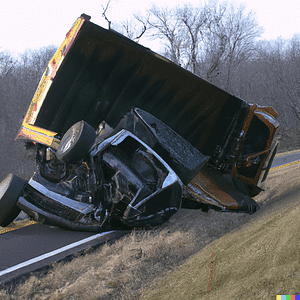
For instance, if you are found to be 40% at blame for a collision and your damages total $10,000, you are still entitled to collect 60% of your losses, or $6,000.
Modified comparative negligence
Some states apply a modified version of comparative negligence since it restricts a crash victim’s options for filing claims against the other driver and their insurance company.
For instance, in Illinois, if you are more than 50% at fault for a collision, you are ineligible for compensation from the other party.
Contributory negligence
Other jurisdictions apply pure contributory negligence, an all-or-nothing standard for determining fault and who is eligible to receive financial compensation for their damages.

You cannot be compensated for your losses even if you were just 10% at fault for the collision. You must not have contributed to the crash at all.
What Kinds of Damages Could Occur to Your Vehicle?
A vehicle can sustain damage in various ways, and the kind of damage sustained and the cost of fixing it might differ considerably. Your car may sustain dings, dents, or scratches and have a damaged headlight or taillight.
Fender, door, and frame damage might result from a T-bone collision. Depending on the car model, impact point, and damage degree, your vehicle might need hundreds of dollars in repairs. In rare instances, the damage can be more than the car’s market value.
The insurance provider will write off your car as a total loss if repair costs exceed the car’s value. Depending on your location, model, and condition, they will compensate you with a fair vehicle market value.
Remember to include the towing fee and the rental car cost when negotiating the property damage claim with the insurer.
Other Damages in A Car Accident Claim
Additional damages you can claim after a car accident include:
- Medical costs
- Pain and suffering
- Disfigurement
- Loss of consortium
- Loss of enjoyment of life
Always keep a record of all damages after an accident. Your car accident lawyer can help you gather supporting evidence to prove that you suffered losses from being hit by another driver.
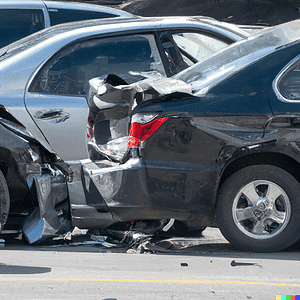
Medical bills, proof of missed work and lost wages, receipts of car repairs, accident reports, and medical records, including doctor’s notes, are some of the supporting evidence you need to prove your claim.
Remember to include medical-related costs when evaluating medical expenses, including physician visits, prescriptions, surgical procedures, and lab work.
It would help if you also inquired about the cost of future care to claim compensation for those expenses.
A Car Accident Lawyer Can Help You
The bottom line is that you will be partially at fault for the accident if you hit a vehicle whose blinker was on but failed to turn. With the right-of-way stacked against you, you need a skilled car accident lawyer.
Legal Giant can help you find an expert attorney to represent you immediately. We are a lawyer referral service that links clients to local attorneys to help with their cases.
Contact us at (855) 740-5024 for a free, no-obligation review of your car accident case.
